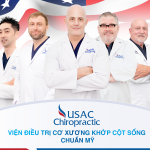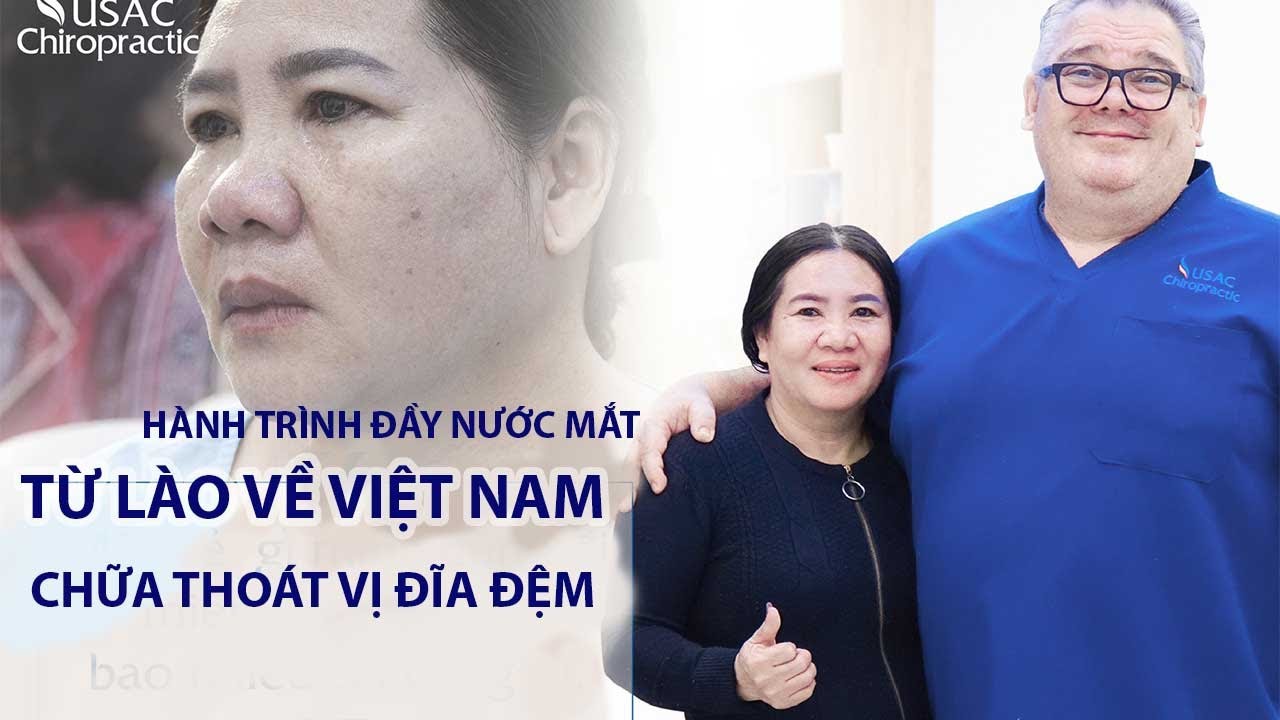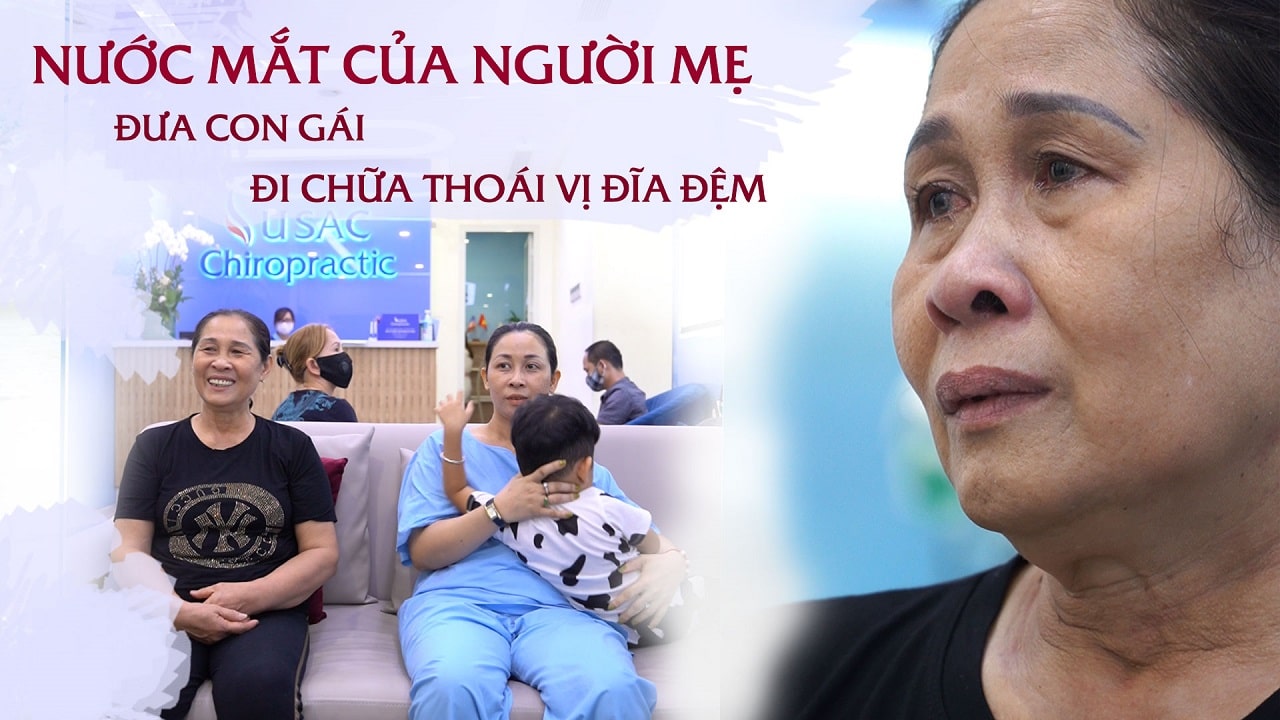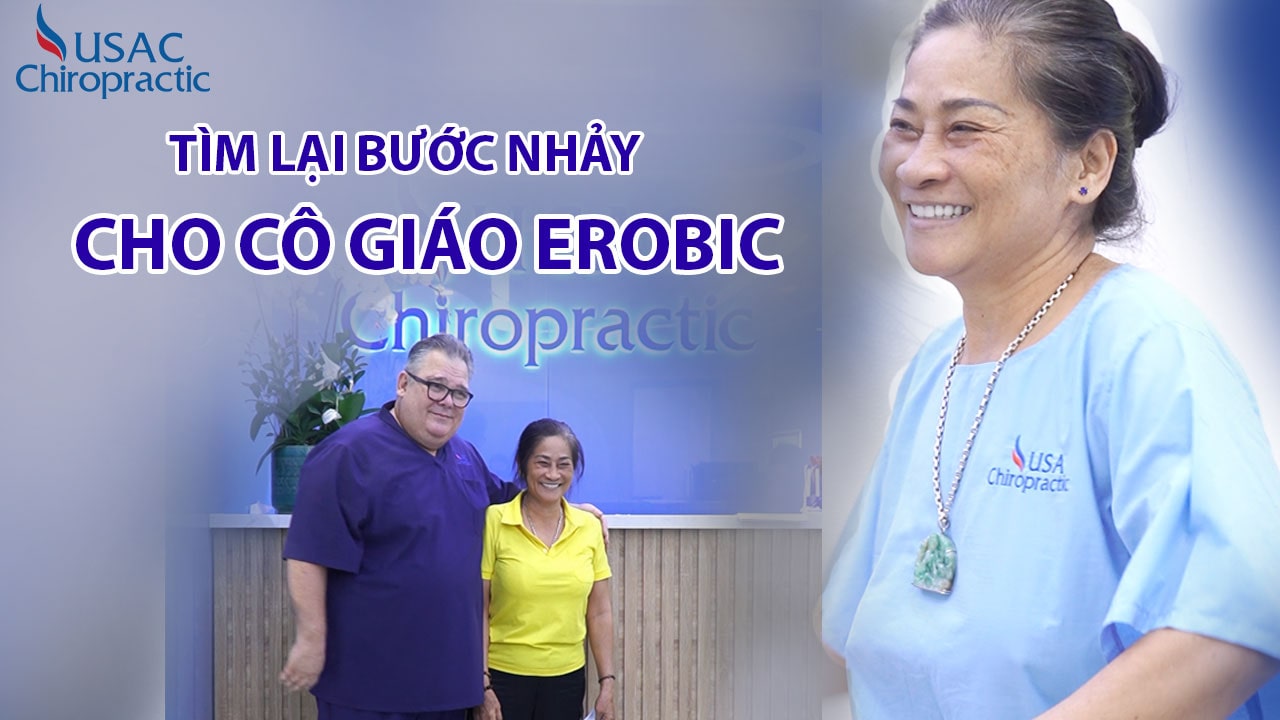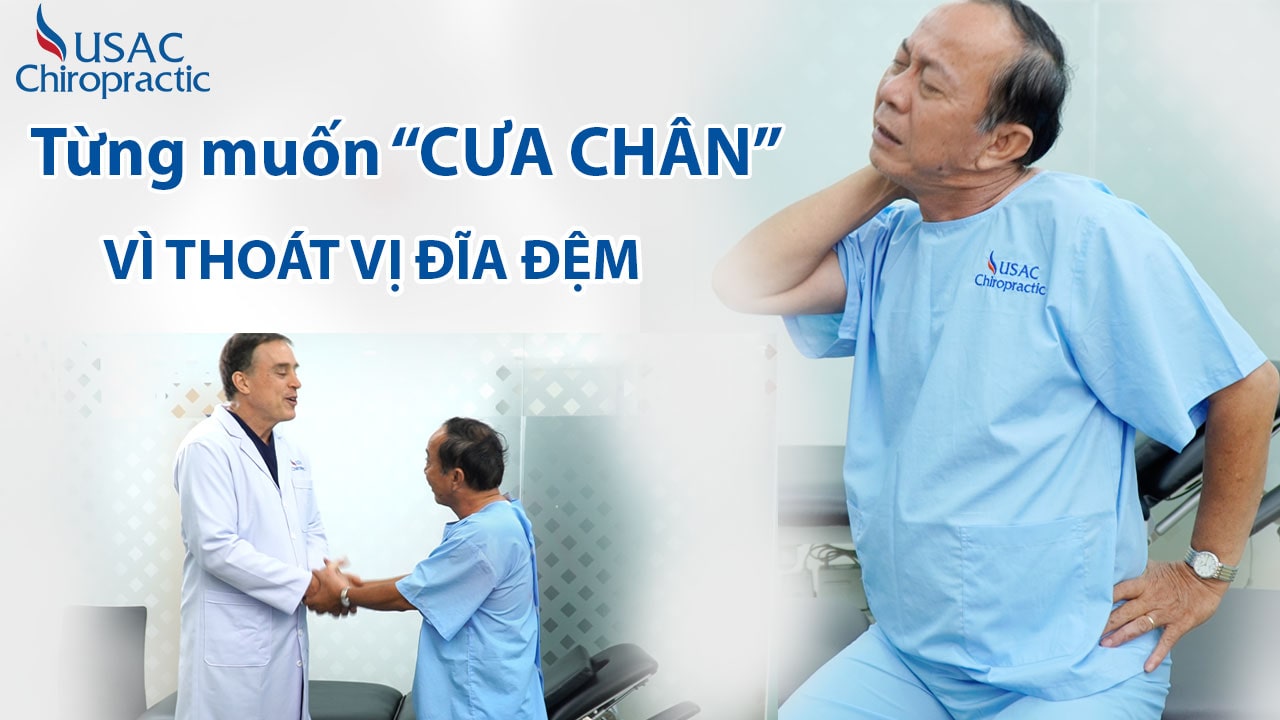Disc herniation is a prevalent condition within spinal disorders, commonly affecting individuals in their working years. According to various experts’ research, nearly 65% of patients with lumbar disc herniation fall within the age range of 20-49.
Nội dung chính
What is Lumbar Disc Herniation?
The lumbar discs are subjected to significant mechanical stress and inadequate nourishment due to limited blood supply, making them prone to degeneration and structural changes as individuals age.
Lumbar disc herniation primarily affects males, often attributed to occupational factors such as heavy lifting, wrong posture, and incorrect body mechanics. The most commonly affected levels are L4-L5 and S1, as these discs are crucial for spinal mobility. Additionally, trauma in individuals with degenerative lumbar spine or disc degeneration due to aging can contribute to disc herniation.
Causes of Lumbar Disc Herniation:
- Trauma from sports activities or work-related accidents severely impacts the intervertebral discs.
- Occupational demands: Specific jobs involving intense physical activity or prolonged standing or sitting such as blue-collar and white-collar workers, or long-distance drivers can exert excessive pressure on the discs.
- Incorrect body mechanics or heavy lifting:It increases disc pressure and potential structural changes in the fibrous ring.
- Natural degeneration: As the human body ages, the disc’s ability to absorb nutrients diminishes, resulting in higher susceptibility to disc herniation among the elderly.
- Obesity and overweight: Excessive weight places considerable strain on the spinal column, compressing the intervertebral discs and causing long-term damage to the outer fibrous ring, ultimately leading to disc herniation.

Degenerative disc is one of the causes of lumbar disc herniation
Identifying Signs and Symptoms of Lumbar Disc Herniation:
In addition to persistent low back pain, patients may experience the following indicators of this condition:
- Intense and debilitating lower back pain that significantly affects mobility.
- Limited range of motion (inability to bend, twist, or lean). Stiffness or neck stiffness upon waking up in the morning.
- Numbness or tingling sensations in the limbs due to compressed nerve roots.
- Sensory disturbances and reduced ability to discern temperature changes.
- Loss of bladder or bowel control: indicating an advanced stage of lumbar disc herniation.
- Other signs of lumbar disc herniation include fatigue, decreased appetite, weight loss, and insomnia.
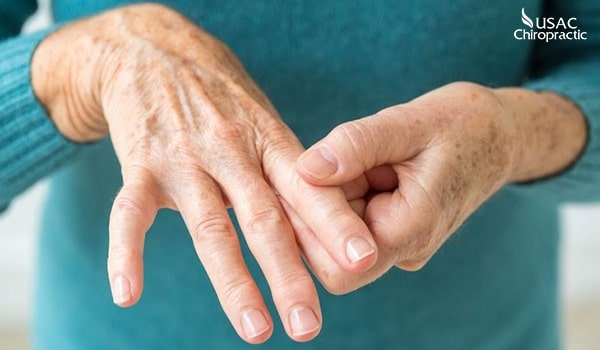
Numbness in hands and feet due to herniated mass compressing nerve roots
Dangerous Complications of Lumbar Disc Herniation:
- Compressed nerve roots: Following pain episodes, patients may experience radicular pain that manifests along specific nerve pathways, causing intense pain from the lumbar region down to the extremities, significantly affecting mobility.
- Sensory disturbances: Nerve root compression can impair sensations of temperature and touch, resulting in numbness or tingling in the hands and feet.
- Impaired motor function: Patients may experience bilateral leg weakness or paralysis, rendering them unable to walk. This complication poses a severe risk and requires immediate attention.
- Muscle atrophy: Untreated severe cases of lumbar disc herniation can cause muscle pain and considerable difficulty in movement, leading to muscle weakness and subsequent atrophy.
- Cauda equina syndrome-CES is characterized by peripheral paralysis of both legs, accompanied by sensory impairment from the perineal region downwards. It severely affects patients’ ability to engage in everyday activities.
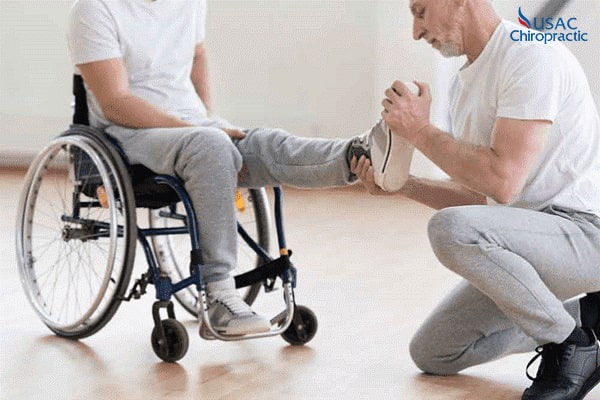
Patients may experience serious complications such as paralysis of both legs, unable to walk normally
Effective Treatment Protocol for Lumbar Disc Herniation:
Dr. Bill Collins, a highly experienced chiropractor with 15 years of expertise in musculoskeletal health and an honorary member of the International Chiropractic Association, shares his insights: “Patients should focus on treating the root cause to optimize therapeutic outcomes, prevent complications, and preserve spinal discs. Chiropractic care encompasses these essential factors and is widely regarded as the most effective treatment protocol for lumbar disc herniation.”
Chiropractic regimen successfully treated patients with lumbar disc herniation for many years
Chiropractic care combines three advanced therapeutic technologies:
- Chiropractic adjustments realign misaligned vertebrae, restoring proper curvature and preserving the intervertebral discs and spine. A 20-minute chiropractic session alleviates disc pressure on nerve roots, rapidly reducing pain and restoring functions in other body areas.
- Physical therapy increases muscle strength, releases muscle spasms and tension, reduces fatigue, and improves mobility.
- High-tech therapeutic modalities include shockwave therapy to reduce inflammation, ultrasound therapy to soften muscles and alleviate chronic inflammation, and decompression therapy (DTS) to expand spinal canal openings and restore the original disc structure.
- Incorporating Therapeutics exercises shortens the recovery time, comprehensively enhances mobility, and prevents disease recurrence.
—————
Viện điều trị cơ xương khớp cột sống chuẩn Mỹ USAC Chiropractic












